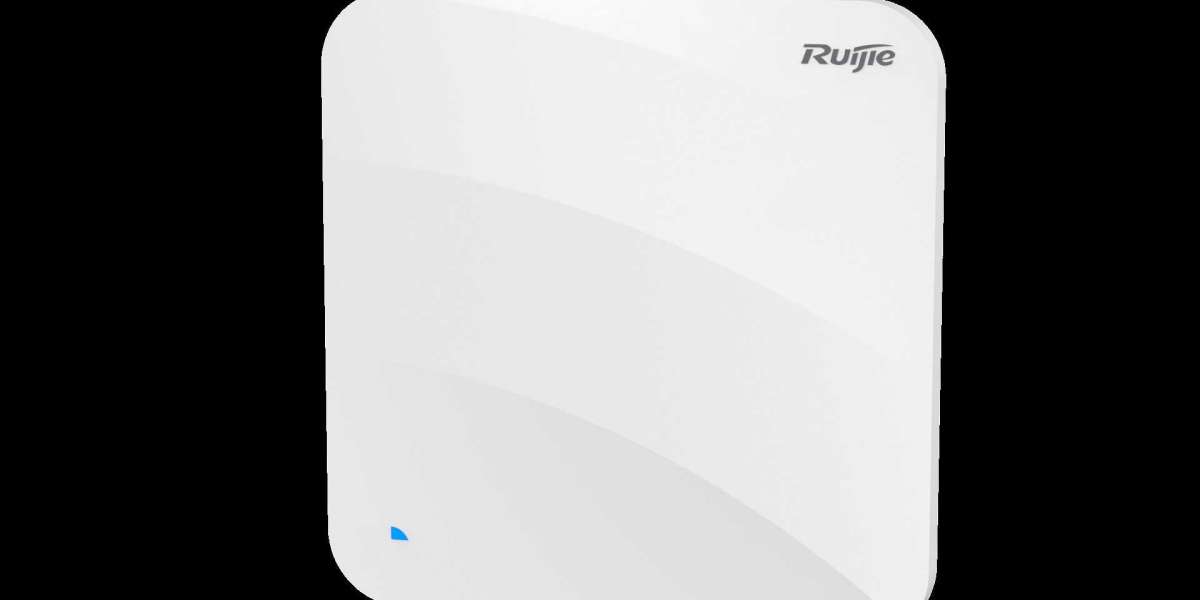For some network users, it is difficult to distinguish the different functions of access points and wireless routers.
Users always ask common questions about the differences between wireless access points and wireless routers; Select an access point or wireless router; Need both an access point and wireless router?
Of course, there are significant differences between wireless access points and wireless routers.
Wireless Access Points (APs) add Wi Fi functionality to wired networks by bridging workstation traffic to an Ethernet LAN.
Wireless routers combine the functions of broadband routers (such as serving as gateways between the Internet and local area networks) and wireless AP functionality in a single device.
Simply put, a wireless router can be a wireless AP, but a wireless AP cannot be a wireless router.
What is a wireless access point? Wireless AP connects a group of wireless stations to adjacent wired local area networks. The AP is similar to an Ethernet hub, but instead of relaying LAN Frame Relay to other 802.3 stations, it relays 802.11 Frame Relay to all other 802.11 or 802.3 stations in the same subnet.
What is a wireless router? A wireless router connects a group of wireless stations to adjacent wired networks. A wireless router is a wireless AP that is combined with an Ethernet router. The wireless router forwards IP packets between your wireless subnet and any other subnet.
Should you use a wireless access point or a wireless router? Typically, wireless routers are used in residential and small businesses, where all users can be supported through a combination of AP and routers.
Wireless APs are used in larger enterprises and locations, where many APs are required to provide services, such as covering larger areas or supporting thousands of users.
In larger wlans, it is usually meaningful to have several aps fed to a separate router. Radio stations can be considered as a large subnet, which is helpful when roaming from one AP to another. Wireless access control can also be centralized on a single router, rather than dispersed across several independent routers.
The wireless router also has the basic firewall function to share an Internet address among multiple radio stations through Network Address Translation.
Most wireless routers also include a four port Ethernet switch, so you can connect several wired computers to your local area network and share internet access with them. In other words, most wireless routers combine the functions of wireless AP, Ethernet router, basic firewall, and small Ethernet switch.


